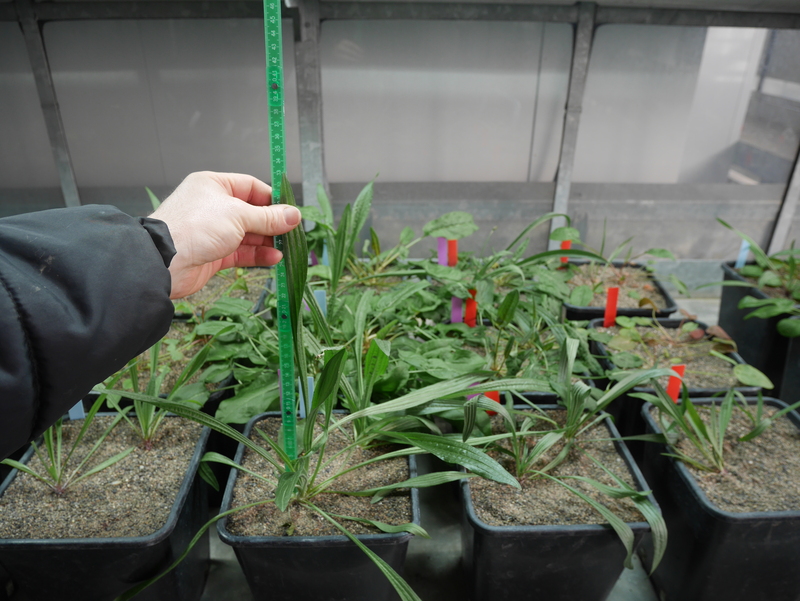Root Traits in the Spotlight: Plants Respond Differently to Drought and Nutrient Stress
2025-07-24
A new study involving the Ecological-Botanical Garden of the BayCEER/University of Bayreuth reveals how root and shoot traits of common herbs respond differently under global change conditions.As global change continues to intensify, with increasing drought and shifts in soil nutrient availability, understanding how plants adapt to these stressors becomes increasingly urgent. A research team, including scientists from the Ecological-Botanical Garden (ÖBG) of the University of Bayreuth, investigated how two widespread herbaceous species – ribwort plantain (Plantago lanceolata) and sorrel (Rumex acetosa) – respond to drought and low-nutrient conditions in a controlled greenhouse experiment.
Roots show distinct, stress-specific strategies
The study found that nutrient limitation—more so than drought—prompted a significant shift in biomass allocation to the roots. Plants increased their root-to-shoot ratio under nutrient-poor conditions, adopting an acquisitive resource-use strategy. In contrast, under drought, root biomass and surface area actually declined, indicating a more conservative response.
Traditional shoot traits, such as specific leaf area (SLA), consistently reflected a conservative strategy under both stress types. These findings underscore a crucial point: root and shoot systems respond differently and should be studied together to understand plant adaptation under global change.
Implications for climate-smart land use
This study highlights the need for greater emphasis on root traits in ecological research, especially in the context of sustainable land management. Maintaining species-rich ecosystems is vital to buffer the impacts of increasing drought events and to support resilient plant communities in a changing climate.
Original publication:
Root and shoot traits of two common herbs respond differently to drought and fertilization in a multifactorial global change experiment. Robert Weigel, Alexandra Werner, Laura Würzberg, Kyra Zembold, Katherine Angulo, Wilhelmine Bach, Capucine Hémonnet‑Dal, Tessa Nähring, Monika Hiebenga, Lena Muffler. Plant and Soil (2025).
DOI: https://doi.org/10.1007/s11104-025-07560-x
Contact:
Dr. Robert Weigel & Dr. Lena Muffler-Weigel
Head directors of the Ecological-Botanical Garden
e-mail: robert.weigel@uni-bayreuth.de
Tel: +49 (0)921 55 2960

The ribwort plantain (Plantago lanceolata) and sorrel (Rumex acetosa) plants used in the experiment (Foto: Dr. Robert Weigel).

